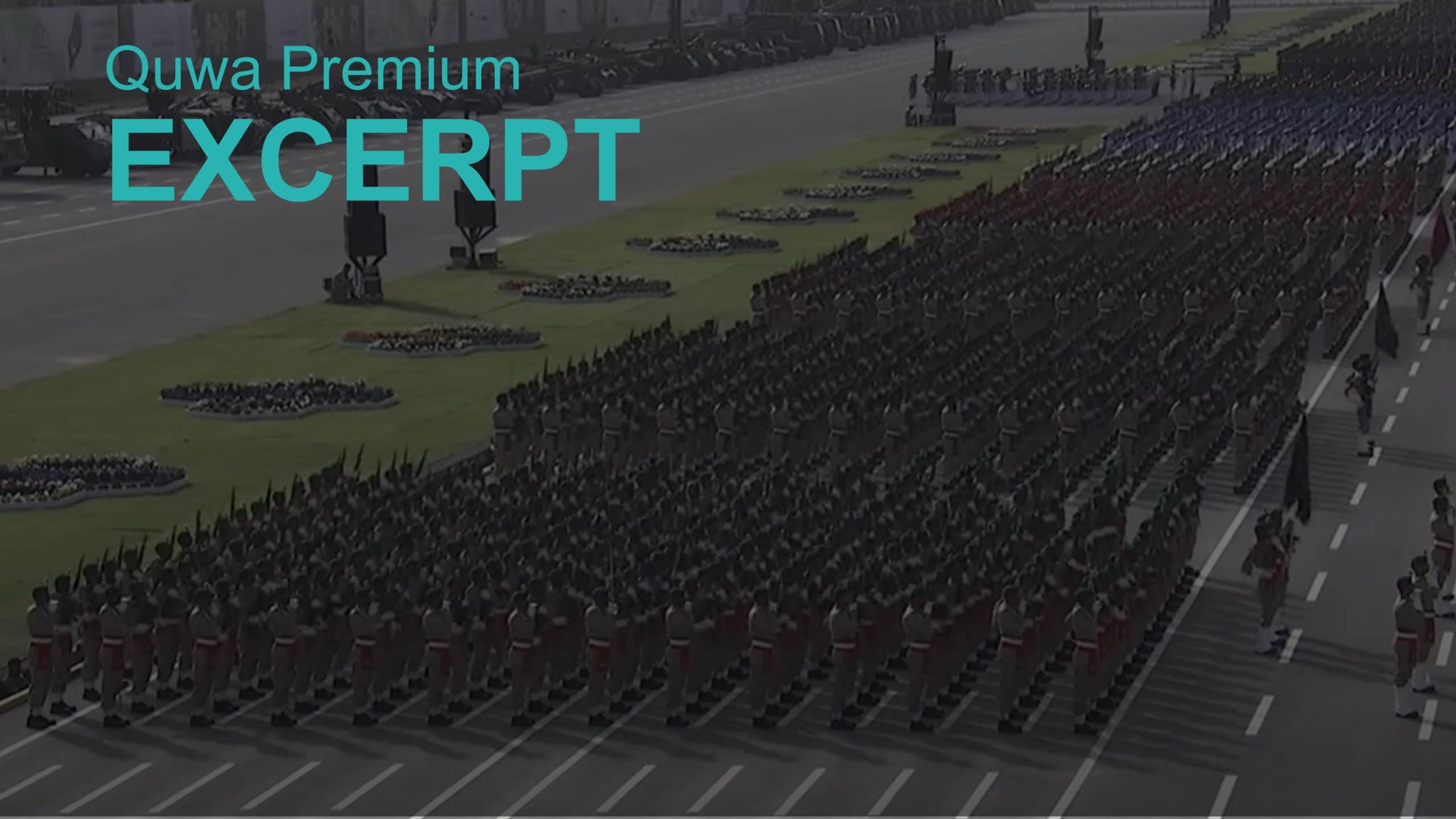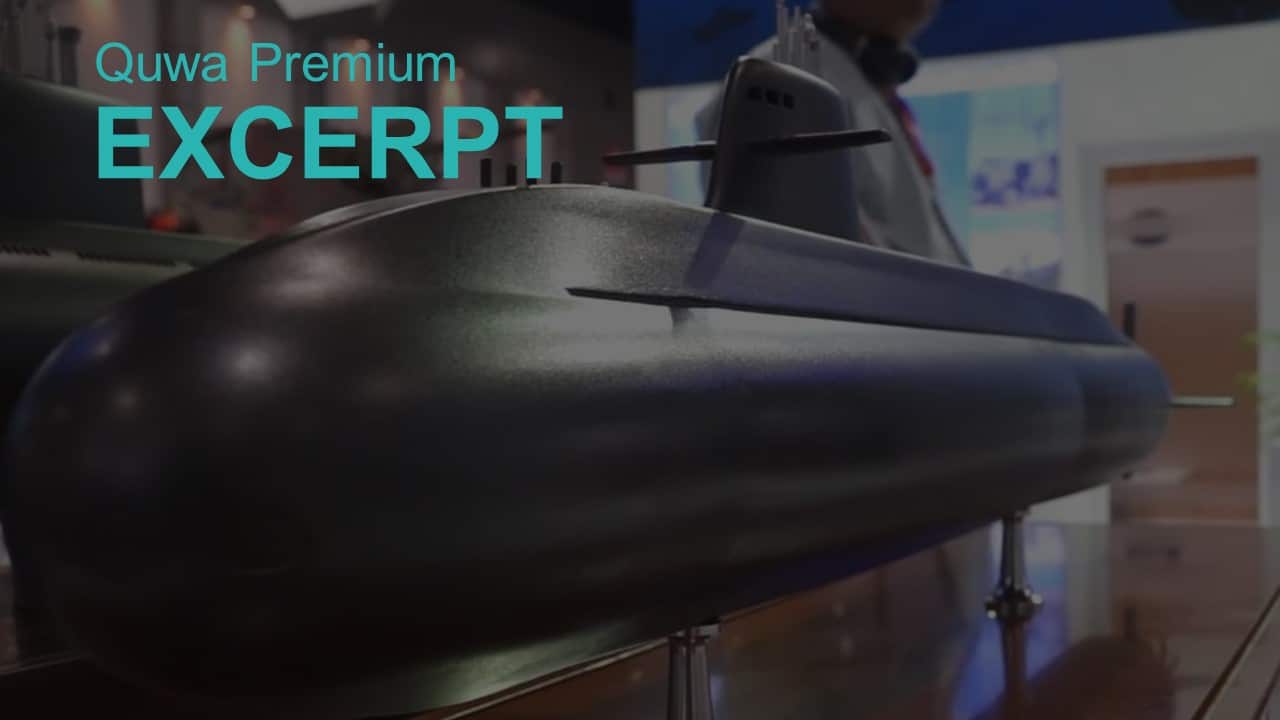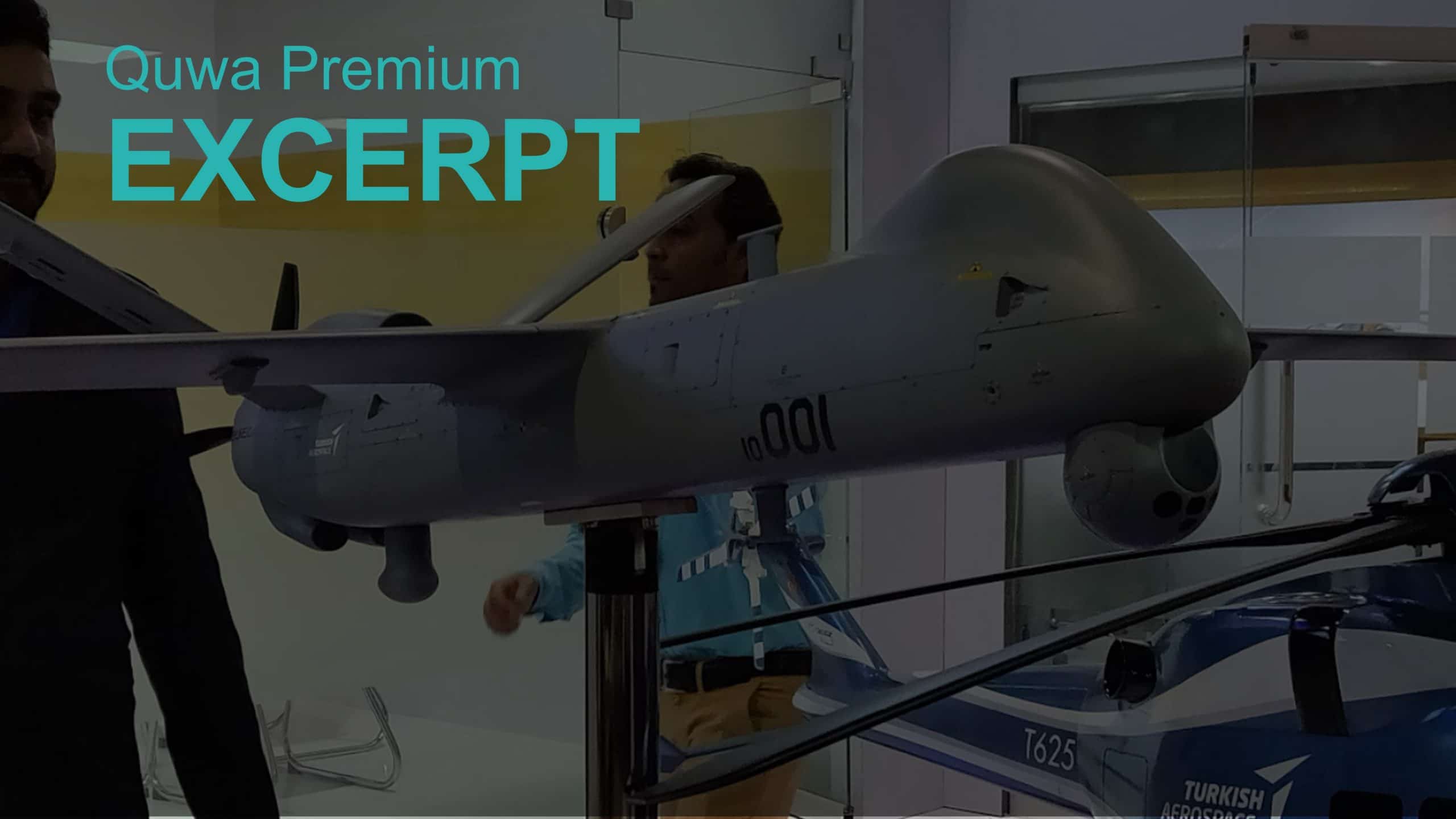1920Views

Pakistan’s Economic Flaws Catch Up to Bite Defence Needs
For its 2022-2023 fiscal budget, the Pakistani government announced that it will raise the defence budget by 2.69% compared to the revised 2021-2022 budget. This amounts to PKR 1.52 trillion, or around $7.46 billion U.S based on today’s currency exchange rate.
The key issue with this year’s defence budget is that in terms of foreign or hard currency, it has less value compared to last year’s defence budget. For 2021-2022, the government allocated PKR 1.29 trillion, which had amounted to $8.78 billion U.S because, at that time, the PKR held a higher value.
Thus, when it comes to its capacity to purchase defence items from abroad, the Pakistani budget is about 15% less (i.e., the dollar or foreign currency value) compared to last year.
In fact, the Pakistani government cited inflation as a key reason for raising the defence budget. While the cost of domestically produced goods is up, the cost of imports rose exponentially more due to the fall in the value of the Pakistani rupee. Thus, the fiscal defence budget hike was aimed at offsetting the monetary fall of the rupee and, in turn, maintain the military’s ability to import key items.
However, this budget increase did not offset the fall of the rupee. Pakistan is working with 15% in the way of USD. This is a significant drop, and it will certainly hamper Pakistan’s ability to import big-ticket defence items, such as fighter aircraft, surface warships, submarines, armoured vehicles, and other assets.
In other words, one can reasonably expect the purchasing power fall to hamper Pakistan’s modernization efforts for this upcoming year. But the critical issue to monitor is how Pakistan navigates this challenge in the next three to five years, if not longer. If Pakistan has to slow or pause its procurement projects, then it is unlikely to re-accelerate in this decade unless it drastically boosts defence spending.
Structural Economic Flaws Come to Bear
In a previous article, Quwa discussed that Pakistan struggled with defence modernization due to the rising cost of procurement. The cost of procurement is not only driven by the innate increase of the good itself (due to a higher degree of technology use, for example), but a constantly depreciating PKR as well…
End of Excerpt (360/ 1,122 words)
You can read the complete article by logging in (click here) or subscribing to Quwa Premium (click here).
For More on Pakistani Defence Issues, Check Out:


